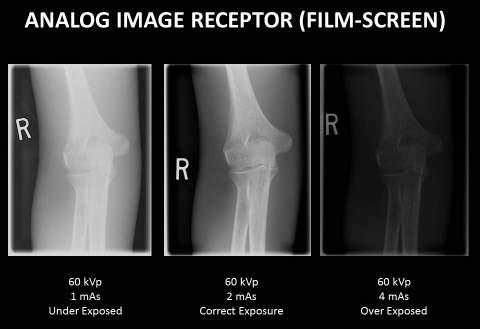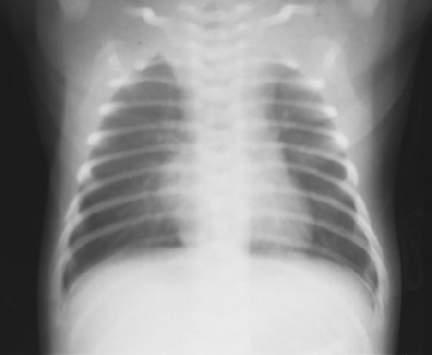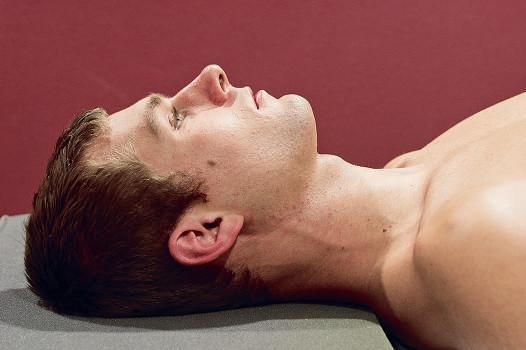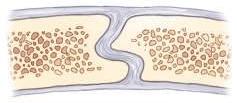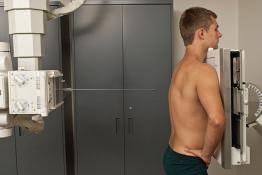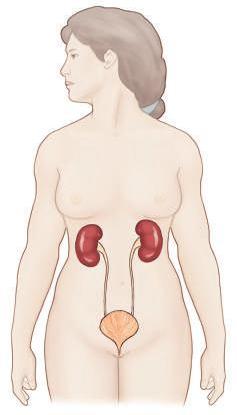18
C HAPTE R 1 Terminology, Positioning, and Imaging Principles
Radiographic Projections
1
Projection is a positioning term that describes the direction or path of the CR of the x-ray beam as it passes through the patient, projecting an image onto the IR. Although the term position is used in the clinical setting, the term projection is considered to be the most accurate term for describing how the procedure is performed. Therefore, the term projection is used most frequently throughout this text.
Fig. 1-44 PA projection.
COMMON PROJECTION TERMS Posteroanterior (PA) projection
Posteroanterior (pos˝-ter-o-an-te′-re-or) (PA) projection refers to a projection of the CR from posterior to anterior. Combines these two terms, posterior and anterior, into one word, abbreviated as PA. The CR enters at the posterior surface and exits at the anterior surface (PA projection). Assumes a true PA without intentional rotation, which requires the CR to be perpendicular to the coronal body plane and parallel to the sagittal plane, unless some qualifying oblique or rotational term is used to indicate otherwise.
Fig. 1-45 AP projection.
Anteroposterior (AP) projection
Anteroposterior (an˝-ter-o-pos-te′-re-or) (AP) projection refers to a projection of CR from anterior to posterior, the opposite of PA. Combines these two terms, anterior and posterior, into one word. Describes the direction of travel of the CR, which enters at an anterior surface and exits at a posterior surface (AP projection). Assumes a true AP without rotation unless a qualifier term also is used, indicating it to be an oblique projection.
Fig. 1-46 AP oblique projection—medial rotation (from AP).
AP oblique projection
An AP projection of the upper or lower limb that is rotated is called “oblique.” This is not a true AP projection and must also include a qualifying term that indicates which way it is rotated, such as medial or lateral rotation (Fig. 1-46). (For oblique of the whole body, see oblique position descriptions later in this chapter.) With an AP oblique projection, the CR enters the anterior surface and exits the posterior surface of the body or body part.
Fig. 1-48 Mediolateral projection (ankle).
PA oblique projection
A PA projection of the upper limb with lateral rotation (from PA) is shown in Fig. 1-47. (This is applicable to both upper and lower limbs.) This projection is described as a PA oblique. It must also include a qualifying term that indicates which way it is rotated. With a PA oblique projection, the CR enters the posterior surface and exits the anterior surface of the body or body part. Mediolateral and lateromedial projections
A lateral projection is described by the path of the CR. Two examples are the mediolateral projection of the ankle (Fig. 1-48) and the lateromedial projection of the wrist (Fig. 1-49). The medial and lateral sides are determined with the patient in the anatomic position.
Fig. 1-47 PA oblique projection—lateral rotation (from PA).
Fig. 1-49 Lateromedial projection (wrist).









